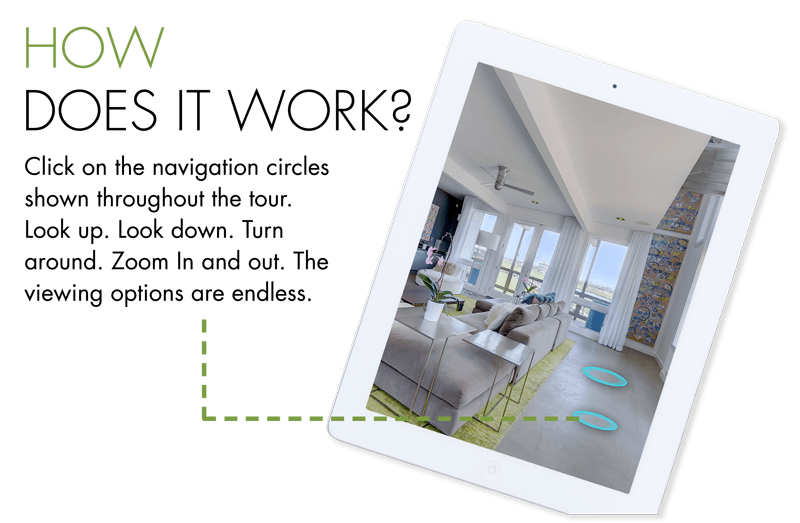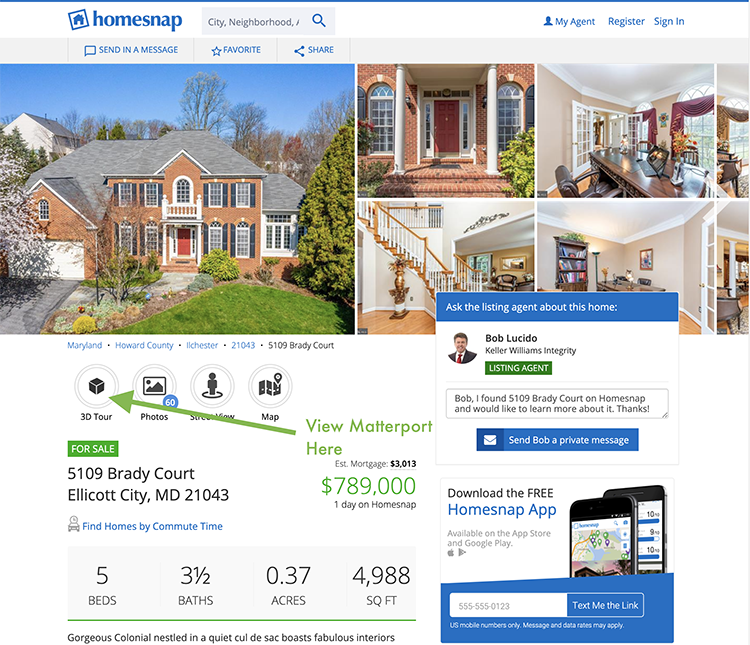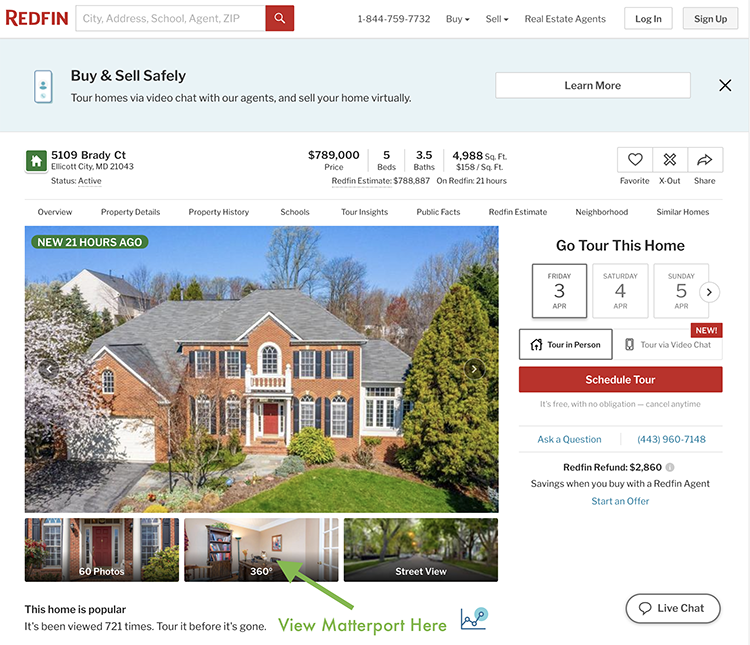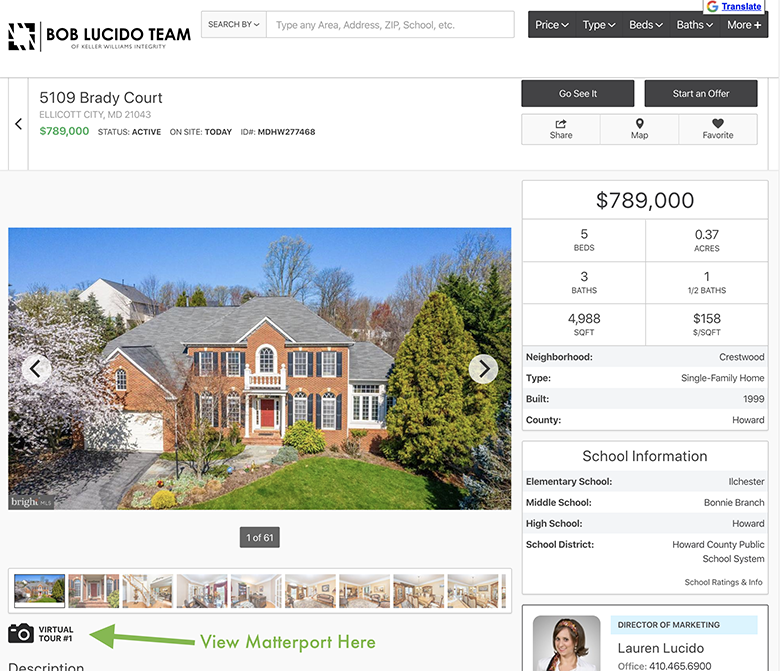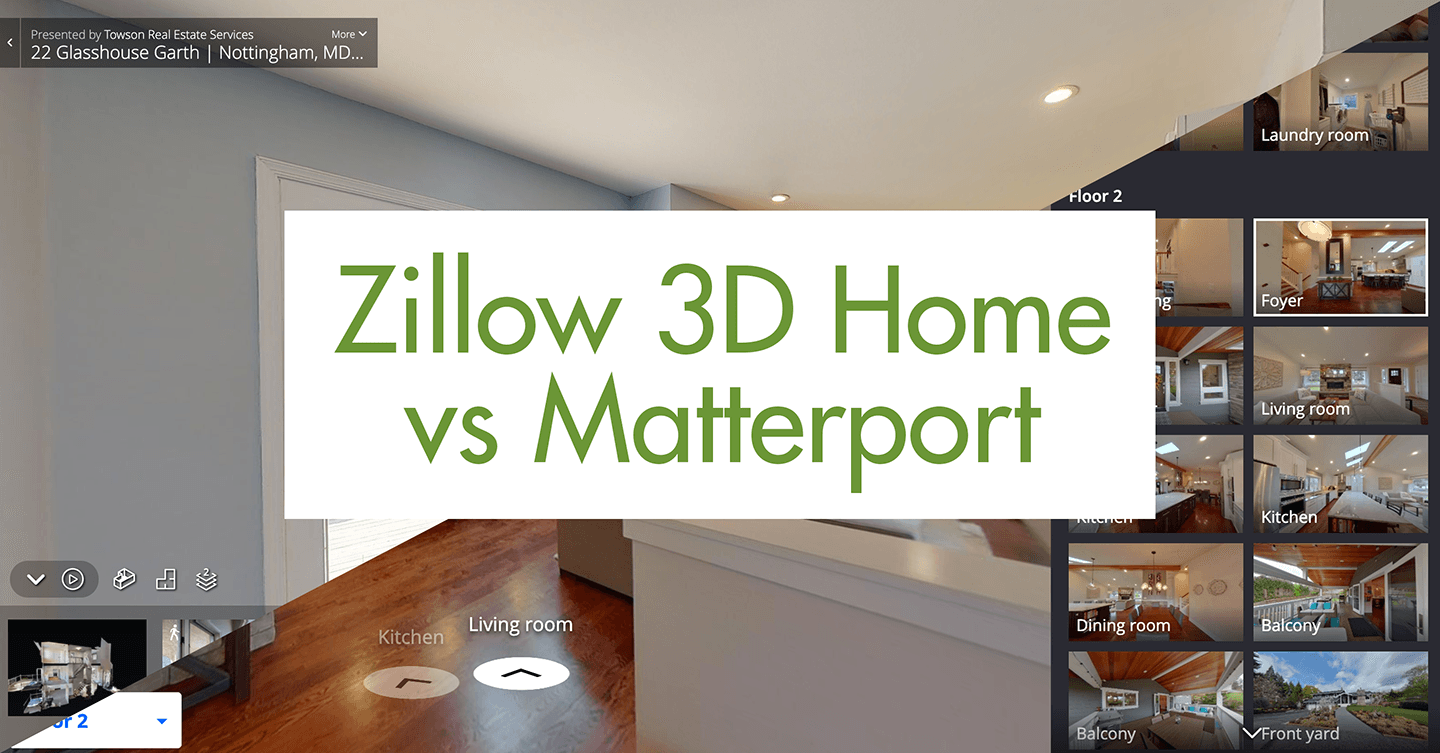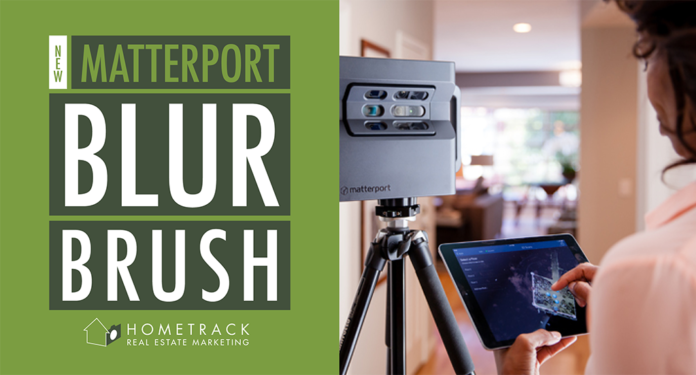TELEPORT BUYERS INTO YOUR LISTINGS
with Real Estate Virtual Tours
Experience Hometrack's Real Estate Virtual Tour Service, powered by
Matterport for Real Estate—transforming physical spaces into interactive digital twins. As the industry standard for virtual tours,
Matterport for Real Estate
allows buyers to explore properties from every angle, delivering a comprehensive and engaging experience. Capture stunning detail, increase user engagement, and attract serious buyers. With Hometrack'sReal Estate Virtual Tours, you can showcase your properties' true potential and expedite the sales process efficiently.
WHAT IS A REAL ESTATE VIRTUAL TOUR?
A Real Estate Virtual Tour is an interactive digital experience that allows potential buyers to explore properties online with 3D virtual walkthroughs, 360-degree views, and detailed floor plans. These virtual home tours provide immersive property insights, enabling remote viewing, faster sales, and higher engagement. Real estate agents use virtual tours to attract qualified buyers, reduce time on market, and gain a competitive edge in the property market.
Losing Clients Without Virtual Tours?
80% of buyers prefer agents who offer 3D VR Tours. Without immersive experiences, you risk losing clients to tech-savvy competitors.
Struggling to Stand Out in a Crowded Market?
Property Virtual Tours get 49% more qualified leads. Showcase listings from every angle and outshine the competition.
Tired of No-Shows and Time-Consuming Viewings?
Give buyers a 24/7 open house with Real Estate Virtual Tours. Cut down unnecessary visits, saving time and streamlining sales.
Dealing with Long Sales Cycles?
Homes with virtual showings sell up to 31% faster. Virtual Tours for Real Estate let buyers explore at their convenience, speeding up sales.
Missing Out on Buyer Confidence?
63% of buyers are more likely to purchase if there’s a VR Real Estate Tour. Let clients explore remotely, boosting their confidence and decision-making.
Losing Potential Sales Due to Poor Online Engagement?
Traditional listings often get overlooked. Real Estate Virtual Tours using cameras and software from Matterport boost engagement, clicks, and shares on Instagram, Facebook, and Realtor.com.
HOW OUR MATTERPORT REAL ESTATE VIRTUAL TOUR SERVICE
Helps You Drive More Sales
80%
of Buyers Prefer Agents with 3D Tours
Offer 3D Tours and attract 80% more clients looking for an immersive home-buying experience. Stay ahead of the competition with virtual tours that build buyer confidence and drive faster sales.
63% of Buyers Prefer Homes with Virtual Tours
63% of buyers are more likely to purchase a home if it includes a virtual tour. Real Estate Virtual tours give buyers the confidence to explore properties thoroughly, leading to faster, more informed decisions, and increasing your chances of closing the deal.
Sell Homes 20% Faster with Virtual Showings
Real Estate VR 3D Tours with Matterport have been shown to help homes sell up to 31% faster by giving buyers the ability to explore properties remotely at their convenience
14% Increase in Sales with Virtual Tours
Using 3D Virtual Tour equipment and services like Matterport can lead to a 14% boost in property sales. By offering a more engaging, immersive experience, you increase buyer interest, speed up decision-making, and close deals more effectively.
WHAT 3D VIRTUAL TOURS FOR REAL ESTATE
Can Do For Your Real Estate Business
STRONGER BRAND
90%
90% of agents say that using Real Estate Virtual Tours helps them build a stronger brand in their market.
MORE LISTINGS WON
74%
74% of agents using 3D VR Tours win more listings due to its immersive 3D technology.
MORE QUALIFIED LEADS
49%
Properties with VR Tour listings receive 49% more qualified leads than those without.
WHAT REAL ESTATE 3D TOURS SERVICES BRING TO YOUR
Real Estate Strategy
Capture More Listings
Impress sellers with dynamic, interactive 3D Virtual Tours for Real Estate that highlight your advanced marketing strategy.
Create Scroll-Stopping Listings
Enhance your Matterport Virtual Tours with attention-grabbing features perfect for social media or embedding on your site to maximize visibility.
Accelerate Sales
Allow prospects to visualize themselves in the property, increasing their confidence to make quicker purchasing decisions.
Drive Buyer Interaction
Let potential buyers explore every detail, comparing room sizes and layouts with ease, making the decision process smoother.
MATTERPORT VIRTUAL TOUR FEATURES
How Does 3D Virtual Tours Work?
Measurements
Get precise measurements of any room or feature, saving time on-site visits. Learn more...
Unique viewing angles
Show buyers the full picture with "Doll House" and "Floor Plan" views.
Floorplan
Offer detailed 2D floorplans to enhance property listings.
Accessibiity
Clients can view your listings on any mobile device, from anywhere.
Sharing
Easily share your property tour via website, email, or social media to reach more buyers.
Google Street View
Expand visibility and clicks by publishing directly to Google Street View.
Distribution
Increase exposure on platforms like Realtor.com, Homes.com, VRBO, and HomeAway.
VIEW EVERY DETAIL, Anytime, Anywhere
Real Estate VR Tours
With Hometrack’s Matterport for Real Estate 3D Tour services, offer a 24/7 virtual open house that buyers can explore anytime. This not only saves time for home seekers but also increases engagement with your property listings.
2D Photography
Leverage Hometrack’s partnership with VHT for professional HDR photography or extract high-quality still images directly from your Matterport digital twin, providing flexible visual options for your listings.
Property Layouts
Hometrack makes creating property layouts seamless. With a single click, clients can toggle between 2D and 3D floor plans, complete with labeled rooms, dimensions, and wall details—enhancing their understanding of the space.
Virtual Staging
Hometrack’s virtual staging services will allow you to redefine spaces effortlessly. Virtually de-furnish and re-furnish homes to fit any design or style, helping buyers see the full potential of every property.
Customized Floor Plans
Hometrack will offer fully customizable Matterport floor plans. With easy-to-use tools, customers will be able to modify walls, doors, and room names, letting them envision the space as their own.
MATTERPORT 3D VIRTUAL TOUR
Distribution
Your Matterport for Real Estate 3D Tour will be automatically distributed to Realtor.com and Homes.com. In addition, it may also be syndicated to other sites from BrightMLS.
EXPLORE THE VERTICAL
Power of Matterport 3D Tours
Residential Real Estate
Transform any property into a 24/7 virtual open house with Hometrack Real Estate Virtual Tour services. Minimize drive time, attract serious buyers, and speed up your sales process.
Travel & Hospitality
Create virtual tours of your entire portfolio to captivate guests and reduce vacancy rates with the Hometrack virtual 3D tour team. Oversee property improvements and maintain top-notch quality control.
Retail
Build immersive 3D models of store layouts with the experts at Hometrack. Maintain brand consistency and enhance merchandising strategies to boost ROI across multiple locations.
Commercial Real Estate
Showcase your full portfolio online with Hometrack's Matterport 3D Virtual Tour services. Access valuable property data to improve facility management, streamline capital projects, and minimize vacancies.
EFFORTLESSLY PUBLISH
Your Real Estate Virtual Reality Tours Across Platforms
Effortlessly Publish Your 3D Virtual Tours
With Hometrack, seamlessly share your immersive 3D virtual tours on major real estate platforms like Zillow, Redfin, and booking sites such as VRBO.
Boost Visibility with Google Street View
Elevate your listings by showcasing your properties and surrounding neighborhoods on Google Street View, making your tours more interactive and informative.
Engage Buyers on Social Media
Reach a wider audience by sharing interactive 3D tours directly to Instagram and Facebook, increasing engagement, building brand awareness, and speeding up sales.
REAL ESTATE VIRTUAL TOUR EXAMPLES
Capture Attention, Close Deals
RESIDENTIAL
RETAIL
Restaurant / Commercial
Construction / PRE DRYWALL
LARGE Yachts
Yachts
Large Retail / Commercial
Large Retail - Over 25,000 SqFT
RV / MOBILE HOMES
Studio Center
Hotels / Hospitality
Fitness Center
FREQUENTLY
Asked Questions
How long does it take to create a 3D tour?
A typical Matterport Virtual 3D Tour scan of a property takes about 1-2 hours, depending on the size and layout of the space. Once captured, the tour is processed and ready to use within 24-48 hours, providing quick turnaround for your real estate listings.
Can Virtual Tours help increase property sale prices?
Yes, 3D Virtual Real Estate Tours have been shown to help properties sell faster and for higher prices. By offering a virtual walkthrough, buyers can make more informed decisions, increasing interest and boosting the perceived value of the property.
How is a Matterport 3D tour different from a Zillow 3D home tour?
Both use similar technology, offering 360° navigation and MLS-compatible links. However, Matterport includes a unique dollhouse view and hosts tours for 6 months. Zillow offers unlimited hosting, exterior space capture, and priority placement on Zillow.com.
Does Zillow support Matterport 3D tours?
Yes, Zillow supports Matterport 3D tours. Simply copy and paste the tour link into the virtual tour section of your Zillow listing for enhanced visibility.
What are the benefits of Real Estate Virtual Tours in real estate?
3D Virtual Real Estate tours expand your buyer reach by offering virtual walkthroughs, giving buyers—even those out-of-state or overseas—a complete viewing experience without needing to visit in person.
Can I download my 3D Virtual Tour?
No, 3D Virtual Tours, including Matterport tours, are hosted online and cannot be downloaded. You’ll receive a URL to share and embed on your listing, making it easy to integrate into your marketing materials.
3D VR TOURS FOR REAL ESTATE SUCCESS
Unlock 3D Tours and Win More Clients
Matterport 3D Tours
Close deals faster and for more money with Hometrack’s Matterport 3D tours. Our Real Estate for Matterport services allows buyers to explore properties anytime, offering a detailed walk-through, floor plans, and a 3D "Dollhouse" view. With every click, your listings gain higher visibility and engagement, increasing your chances of faster sales.
Fill-Out the Form Below to Get Started


